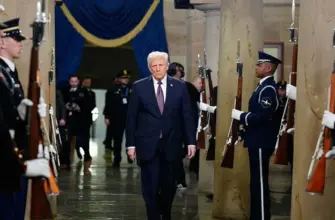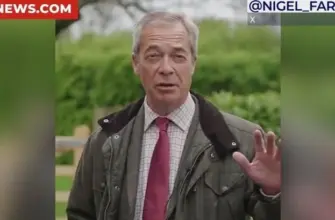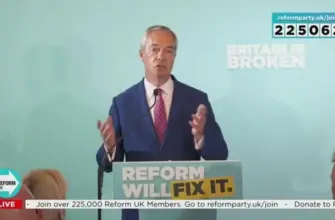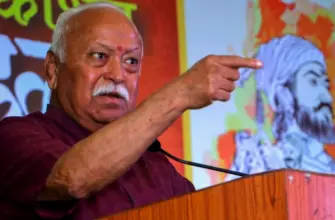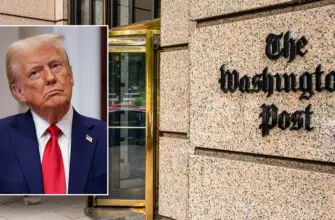Eleven weeks into his second term, President Donald Trump shows no signs of easing his pace.
Since taking office on January 20th, he has signed an unprecedented 111 executive orders—a figure significantly exceeding that of any previous president. “More than any in American history,” the President declared just recently.
Through a flurry of executive actions, Trump has been expanding presidential authority, reshaping long-established government policies and implementing substantial reductions to the federal workforce. These measures have prompted scrutiny and sparked debate over his leadership style.
Recent national polls paint a mixed picture of public opinion. A Reuters/Ipsos survey conducted between March 31st and April 2nd reveals a 43% approval rating for Trump, alongside a 53% disapproval rate. Similarly, a Wall Street Journal poll from March 27th to April 1st shows him at 46% approval versus 51% disapproval.
While one survey conducted by the Daily Mail indicated positive territory for Trump’s approval rating, the majority of national polls taken since mid-March suggest he is operating with a deficit in public support.
The President’s standing has seen a slight decline from the beginning of his second term, when average polls showed approval ratings around the low 50s and disapproval in the mid-40s. Contributing factors include growing worries about the economy and rising inflation—issues that previously plagued former President Joe Biden’s administration.
Furthermore, these surveys were largely completed before Trump announced a series of tariffs last week, triggering concerns of a trade war with key trading partners, causing significant market volatility, and raising fears of an impending recession.
Addressing the recent market instability, the President stated, “Sometimes you have to take medicine to fix something.”
Daron Shaw, a politics professor at the University of Texas and a member of the Fox News Decision Team, describes the economy as “the 800-pound gorilla” in the room.
The Reuters/Ipsos poll indicates that only 37% approve of Trump’s handling of the economy, while 52% disapprove. The Wall Street Journal poll shows a similar trend: 44% approval versus 52% disapproval.
According to Shaw, the President is facing challenges in maintaining the narrative that tariffs are part of a broader plan aimed at lowering prices.
“He’s got his work cut out for him….he’s losing the narrative,” Shaw commented. “He’s got to make the case that tariffs are part of a larger economic plan that’s going to deal with problems that people feel.”
Immigration and border security remains one area where Trump enjoys positive ratings in both polls, demonstrating continued support for his policies on this front. However, Shaw suggests that this success has inadvertently diminished the issue’s prominence.
- “The broader narrative is that he’s had success on border security and has essentially tabled that as an issue,” Shaw explained.
- “One of the problems of succeeding is that it’s something that you no longer really talk about.”
Despite these recent downward trends, Trump’s current poll numbers are still higher than they were during most of his first term in office, when he consistently faced negative ratings.
Veteran Republican pollster Neil Newhouse noted the importance of perspective: “Keep these numbers in perspective. The numbers he’s averaging right now are still higher than he was at any point during his first presidency.”
Newhouse further emphasized that Trump retains strong support from his core Republican base—a contrast to the beginning of his initial term.

